Terroir in Spirits

It's a question I hear often concerning Cognac, and it's one that deserves some serious thought: if there's such a difference between the fruit in Grand Champagne and Petit Champagne vineyards, or between the soils of the Borderies and the Fins Bois, then why don't Cognac houses ever bottle single vineyard, unblended brandies? Why don't they show consumers exactly what the differences are?
There are dozens of different reasons why producers like Hennessy and Remy don't bottle single vintage, single vineyard selections, but let's start with the obvious ones: volume, consistency, quantity, and price. Some of the best Cognacs I've ever tasted were single vintage selections at the Hennessy warehouse this past Spring, but the problem is scale. Hennessy is a gigantic corporation with millions of customers all over the world to think about. It's not even worth a minute of their time to think about a 200 bottle release of some esoteric exercise catering strictly to a few geeks out there who want to talk about terroir for their own educational purposes—something that would likely taste nothing like any of their other products. Then there's the idea of pricing. If a blend of hundreds of different Cognacs costs $50, then a single, isolated cask that's incredibly rare and unprecedented in the category should cost what? $200? $300? $1000? No one really knows. More importantly, no one really cares to find out either. It's too much trouble for not enough reward.
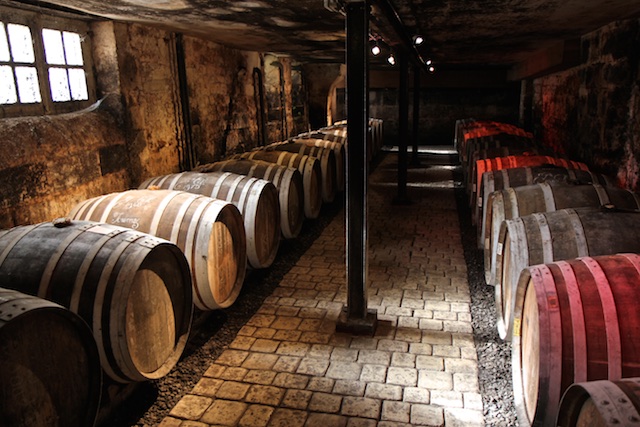
Then you've got the French laws to think about. Get this: you can only label your Cognac by vintage if you have a French government official seal the barrel once filled, and then unseal the barrel when you're ready to bottle. They won't simply take your word for it. Oh, and there will be a fee involved for both visits. Make your check out to: French Tax Bureau. Luckily for us, despite all of these hang-ups, there is one major Cognac house who thinks we're doing some pretty neat things with our expanded Cognac/Armagnac program and is interested in the idea of pure, unadulterated, single barrel Cognac. Luckily for them, they still operate partially out of the UK, meaning they can send a portion of their casks to be aged outside the country (at the Glenfarclas distillery, to be exact). This little side operation helps from a logistical perspective. It allows them to do things outside the realm of other Cognac producers.
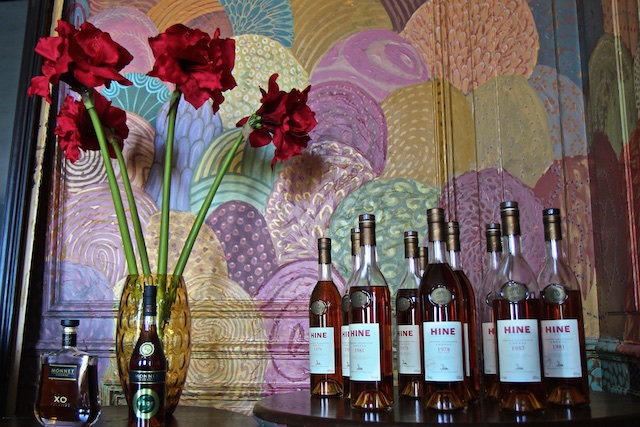
In the realm of big house producers you've got Hennessy, Courvoisier, Remy, and Martell. But ask just about any serious Cognac aficionado which major house has been bringing nothing but rock-solid juice for the last three decades—Cognac that isn't overly-sweet, overly-adulterated, and mass-produced—and they'll all tell you Hine. It's one of the most storied houses and also one of the most respected—if not the most. One thing I'm sure about is that Hine is by far the most forward-thinking of the major Cognac producers. They're embracing the new market of drinkers who want more from their booze—more flavor, more information, more access. They contacted us about working together on a new project. We listened. We liked.
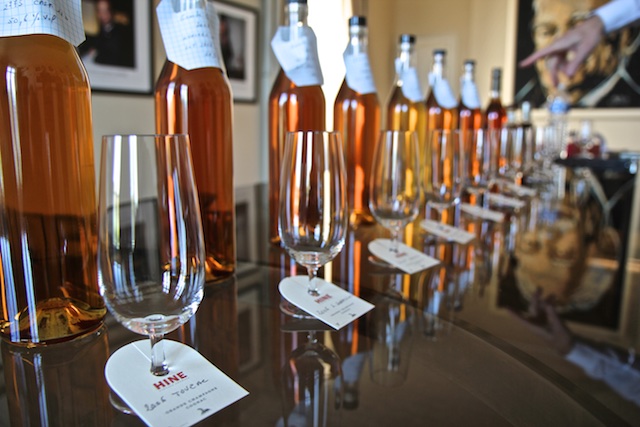
This past Spring we visited the company headquarters in Jarnac and tasted through a number of single vintage, single vineyard Cognacs that blew our minds. Again, this wasn't the first time I had tasted Cognacs of this nature. It was the first time, however, that I had tasted anything of this nature on this level of quality. These were incredible. They were pure and clean, fresh and invigorating, but with depth and complexity that rivaled anything else I had tasted in Cognac.
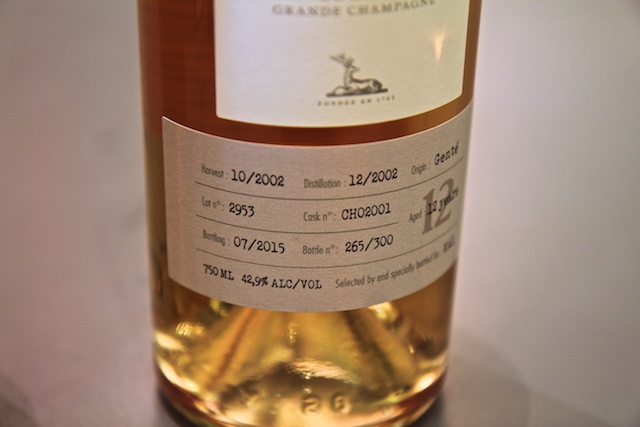
And kudos to Hine for wanting to give this project a try. Full transparency, details, location, no coloring, single barrel Cognac.........FROM A MAJOR HOUSE!!!! This isn't some tiny little grower offering us something in his backyard. This is Hine we're talking about here! They have customers all over the world who would kill for stuff like this.
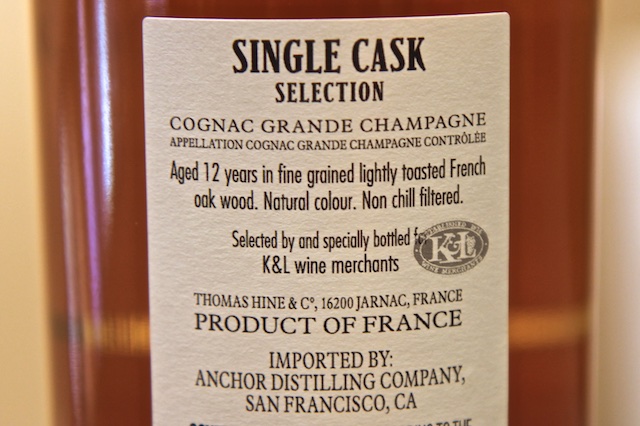
But I guess in today's market there's one store that's making waves in the French brandy department and it's starting to get the attention of the major players in the industry. There is something to this whole sense of place concept as it pertains to spirits. People want to understand these products—to know what makes them tick. It's simply up to the producers to decide whether that idea interests them as well.
Hine stepped up and got it done. Who else is gonna join us?
-David Driscoll
